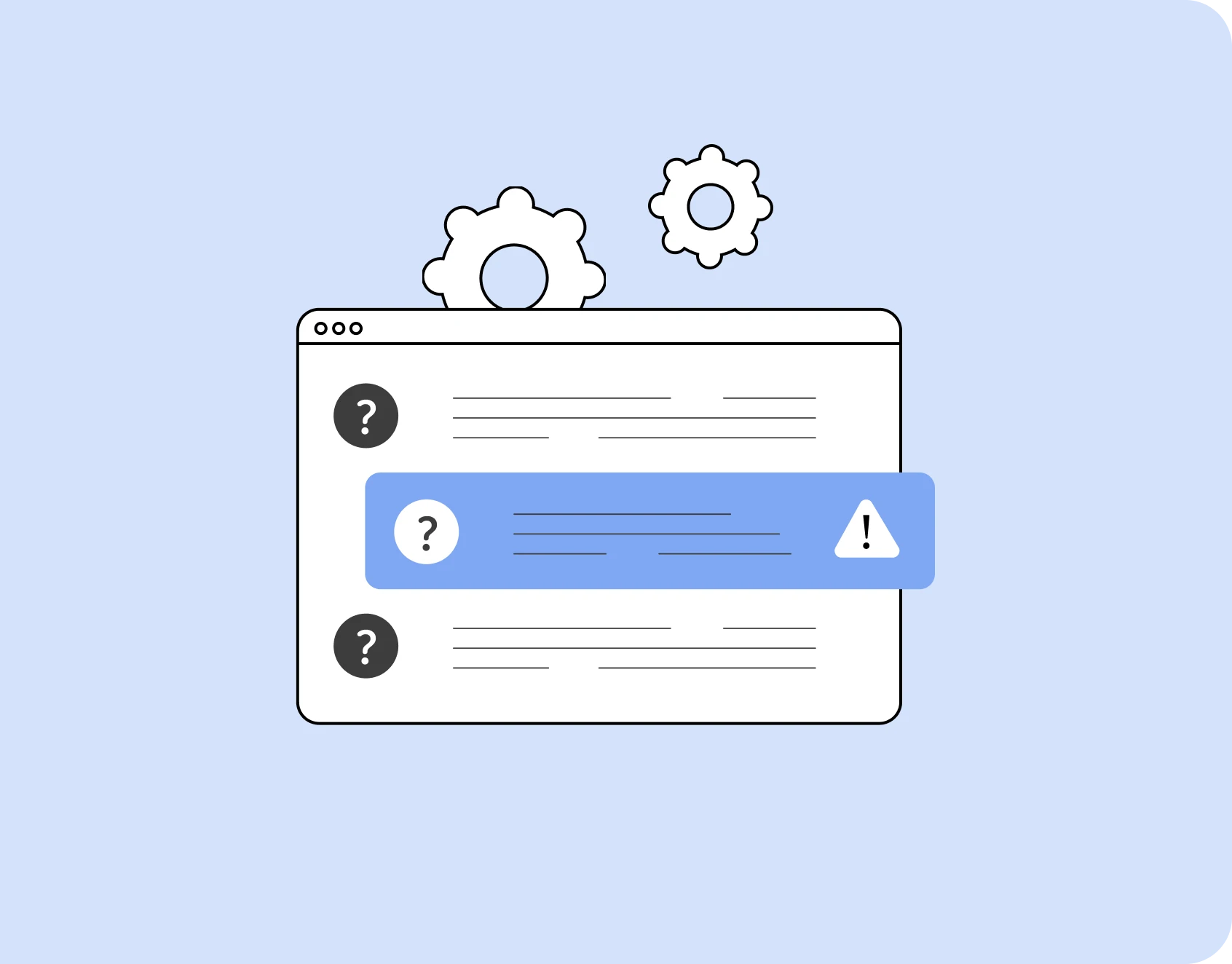
In today’s data-driven world, real-time monitoring and alerting systems are crucial for maintaining the health and performance of systems and applications. One such system is a query-based alerting system that leverages cloud functions and APIs within the Google Cloud Platform (GCP). In this blog, we’ll take a deep dive into how we built a query-based alerting system using GCP’s cloud functions and various APIs.
Understanding the Architecture
Our alerting system operates as a Cloud Scheduler job within GCP, triggered by cron-like scheduling. The core functionality revolves around a cloud function, specifically designed to handle email alerts based on predefined queries and conditions. Let’s break down the key components and steps involved in this process.
1. Query Manager APIs and Cloud Functions
We utilize Query Manager APIs to fetch the necessary cm_ids (client IDs), retrieve system queries, and execute these queries. The cloud function is triggered based on a defined entry point, which matches the function name to be triggered.
2. Integration with SendGrid API
For sending email alerts, we integrate the SendGrid API into our system. The API key required for SendGrid is retrieved from a config file, ensuring secure and authorized access for email communication.
3. Authorization and Security
To authorize the Cloud Scheduler job and ensure security, we implement an authorization header mechanism, adding an extra layer of protection to our system.
4. Query Execution and Data Processing
Initially, we fetch a list of cm_ids using Query Manager APIs. Then, by sending the appropriate tag, we acquire the query ID needed to execute system queries. The execute-query API handles the execution of queries based on the provided query ID, returning the cm_ids obtained from the API.
5. Client Window Times and Interval Management
Client window times, defining the intervals at which queries should run for each client, are stored in Firebase. This information guides the filtering of cm_ids based on these intervals, ensuring efficient query execution.
6. Real-time Processing and Alerting
Based on the defined intervals, we filter cm_ids, retrieve relevant documents from Firestore, and process the data in real-time. The system queries, designed to fetch specific ticket counts over time intervals, are executed for each cm_id. If a ticket count is zero, an email alert is prepared using the SendGrid API and dispatched to the queryalert group.
Conclusion
In conclusion, our query-based alerting system demonstrates the seamless integration of cloud functions, APIs, and external services within the GCP ecosystem. By leveraging Query Manager APIs, SendGrid API, Firebase for interval management, and Firestore for data retrieval, we’ve built a robust and efficient alerting system capable of real-time monitoring and proactive alerting based on predefined queries and conditions.
This architecture not only ensures timely notifications but also provides insights into system performance and trends, enabling proactive decision-making and troubleshooting. As technologies evolve, such systems play a vital role in maintaining the reliability and responsiveness of modern applications and services.
Would you like to delve deeper into any specific aspect or have further questions about our query-based alerting system architecture? Feel free to reach out and continue the conversation!









